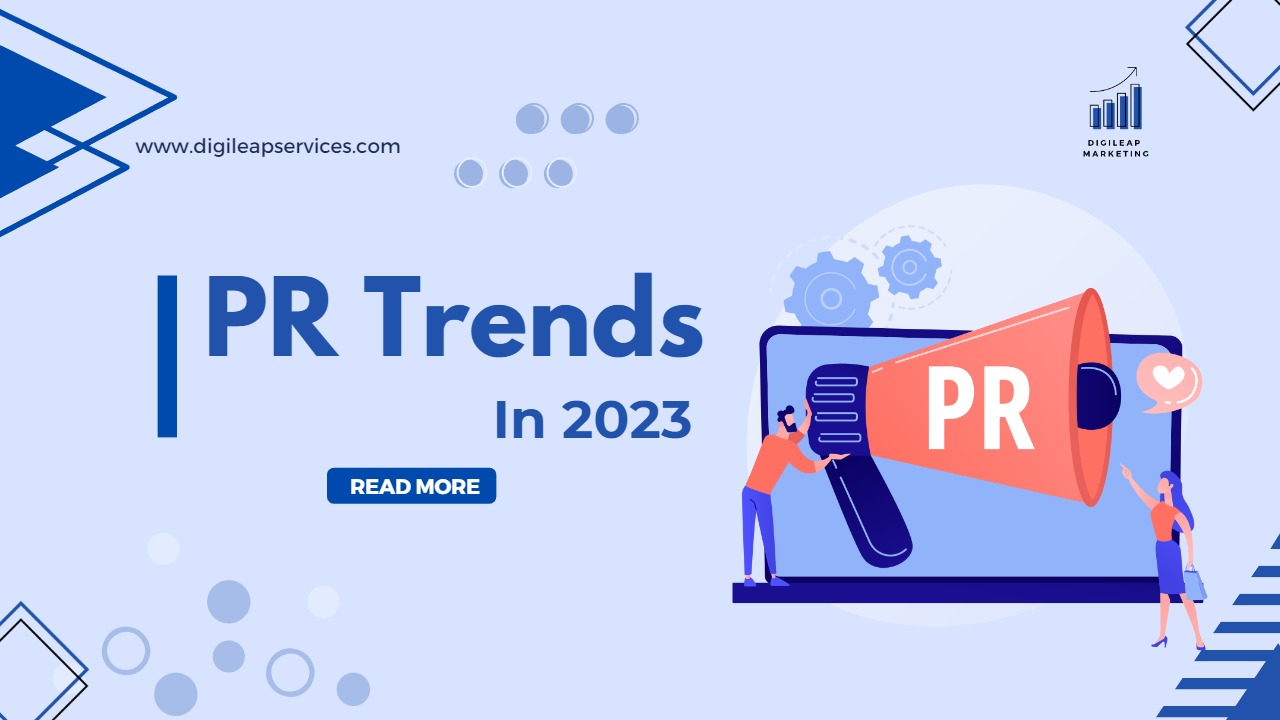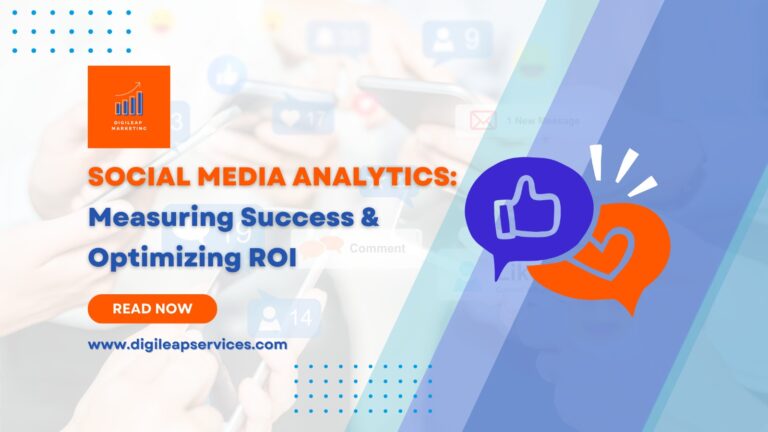PR trends in 2023
Following the enormous upheaval of 2020, a still unpredictable and capricious 2021, and a projected recession in 2022, public relations professionals across all industries have had to adapt, evolve, and pivot to satisfy forthcoming PR trends and get their client brands in the spotlight. Combine this with on-going changes in purchasing behaviour, the persistence of remote work schedules, and global threats like the proliferation of fake news and misinformation on social media platforms, and 2023 will undoubtedly be a year to remember—hopefully not as much as the ones we’ve all just lived through.
1. As full-time personnel continues to diminish, media outlets will rely increasingly on contributed material: Even as the demand for internet content has expanded rapidly, newsroom employment in the United States has declined 26% since 2008. Newspaper staffs continue to dwindle, while only 7.4% of United States journalists regard their job as highly important. This means that media outlets will have to rely on fewer full-time writers to meet demand. As a result, the writers they do employ are frequently relegated to breaking news or more complex topics—areas where freelancers aren’t as practical. This indicates that there will be increased demand for contributed articles by outside authors, i.e., the type of thought leadership that is so effective with B2B customers. If you’ve been having trouble persuading your executive team to commit the time and effort required for excellent B2B thought leadership, 2022 should be the year to do so.
2. PR professionals will abandon bulk pitching to seek media opportunities with a “quality-over-quantity” approach: Previously, publicists sent their clients’ press releases to anyone who read them. Professionals would create and send mass emails to every outlet possible, many of which were not necessarily linked with their customers’ products or target audiences, to boost the chances of earning a press hit. PR trends professionals will wave farewell to mass pitching strategies in 2023. Rather than crossing their fingers and hoping for the best, publicists will propose and deliver articles suited to their customers’ products and demographics. These compelling pieces will then be distributed to media outlets in the brand’s industry. This quality-over-quantity mind set will rely heavily on niche marketing.
3. Measuring the commercial impact of public relations will become simpler: Historically, it has been difficult to quantify the ROI of B2B PR operations. Outlets can supply data such as monthly unique visitors, ad impressions, and so on, but this does not provide the whole picture that brands seek. Brands want to know how their public relations activities, among other things, are affecting brand impression, convincing people to buy, and increasing loyalty. Because of PR analytics tools, these things are becoming easier to measure. However, tools by themselves will not fix all difficulties. Brands and their public relations agency or team must begin with solid KPIs to understand what they want to assess and how essential each statistic is to their stated business goals.
4. In-person interviews will make a comeback: Is anyone going to miss all those Zoom meetings? Reporters and media outlets will reintroduce the face-to-face interview wherever practicable in 2023. This is especially true for in-depth features, profiles, and discussions of nuanced or controversial topics: you get a lot more from a person when you talk to them face-to-face. Of course, Zoom interviews and phone calls will continue to be popular, as they have always been for sources which are unable or unwilling to meet in person. However, businesses should brace themselves for an increase in demand for in-person interviews and do all necessary to make their employees available for them.
5. Social media, particularly Twitter and LinkedIn, will remain one of the quickest ways for subject matter experts (SMEs) to reach out to the media: Consider this a continuation of a PR pattern that has been going on for years. If you need to contact a media professional immediately, use Twitter. Despite its well-documented problems with toxicity and negativity, the platform remains one of, if not the quickest, ways to communicate timely information or breaking news about your brand to the public. LinkedIn is yet another versatile and helpful tool for business professionals. It is particularly effective in B2B, where executives may showcase their industry thought leadership for their peers to observe. Furthermore, LinkedIn may assist B2B marketers in developing professional ties with the media and fellow professionals in their industry. Twitter is also a great resource for PR trends professionals seeking new possibilities. Reporters, writers, video creators, and bloggers frequently use the platform to find new pitches or sources for a story they’re working on.
Consider creating dynamic, interactive content that stimulates active engagement and creates memorable, unique brand experiences to avoid your target audience mindlessly scrolling past your content on social media or your website.












